"I'm interested in the idea of traveling as a state of mind," Eva Serrano sustains Condé Nast Traveler. The creator of the Círculo de Tiza publishing house has it clear –“It is not just about transporting from one place to another”– and captures our attention with a true story that dazzles every self-respecting adventurer: “Darwin only traveled once in his life, he went around the world and when he arrived at Las Encantadas (which is what the Galapagos, until the English renamed them), everything seemed like a miracle to him”.
The scientist spent the rest of his life without leaving his house, but he reviewed that trip in a fascinating book that Eva, through her publisher, wanted to collect in combination with another, that of the adventurer Hermann Melville, about the same fate. Las Encantadas is a kind of double guide with images of the time, in a precious edition that tour the islands that changed the conception of the world.
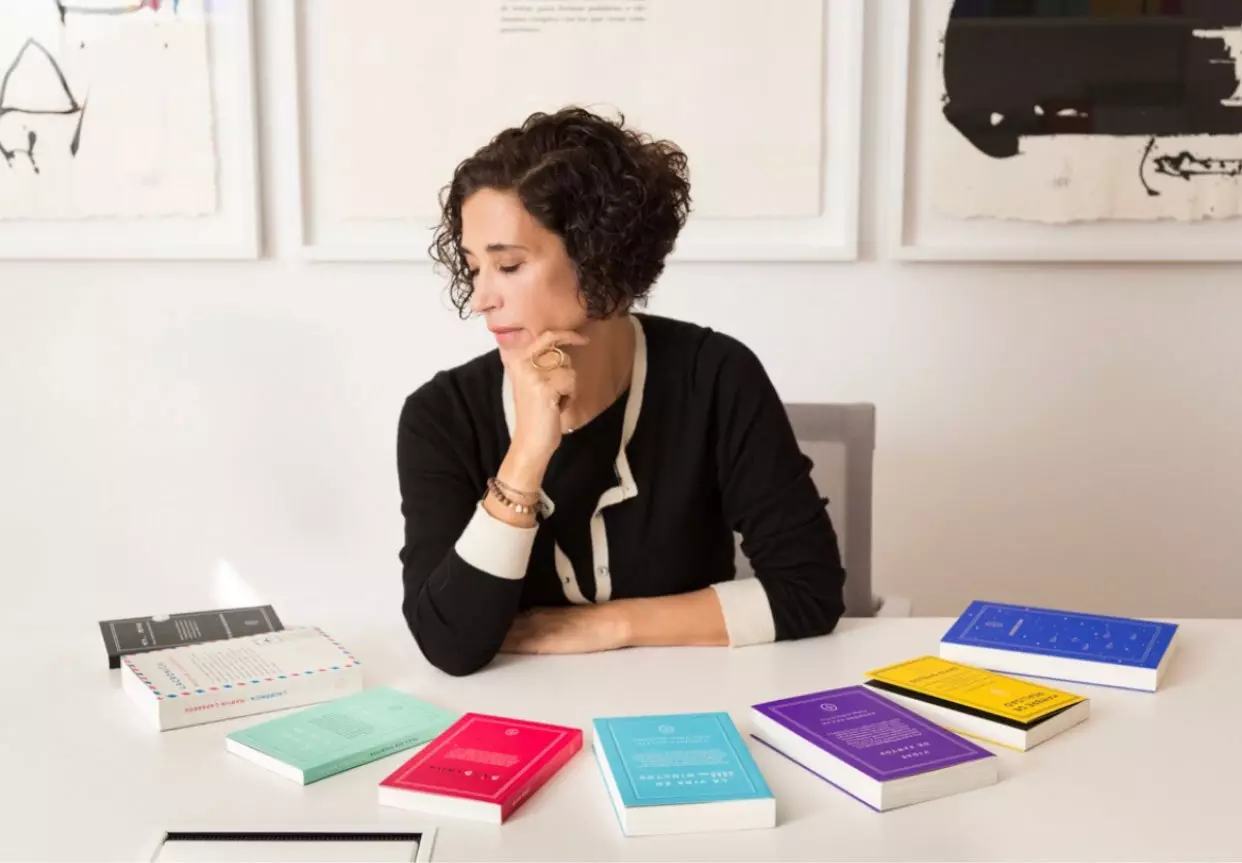
Portrait of Eva, editorial director of Círculo de Tiza.
This idea of contrasting or combining two versions of the same trip, two visions that intersect in a world that was yet to be discovered, It is the spirit of the Chalk Circle Crossroads travel collection, an authentic jewel for those who travel in body and mind.
“There is no journey, only the traveler”, reflects Eva, who she has repeated this same double scheme in other volumes that arouse our desire to pack. Such as Japan, that collects a text by Inazo Nitobe, a Japanese educated by Jesuits who wrote down the samurai code for the first time, 'married' with another of Kipling, whose gaze has nothing to do with that, despite being contemporary.
In another volume on Polynesia we find the words of Jules D. D'Urville, a writer of the Napoleonic era, and Robert L. Stevenson, who is pained by the horror of the Christianization of the tribes. The literary journey to Egypt in this collection was carried out hand in hand with the symbolist poet Gerard de Nerval, fascinated by social customs of this country, and Amelia B. Edwards, one of the first Egyptologists, fascinated by the pyramids.
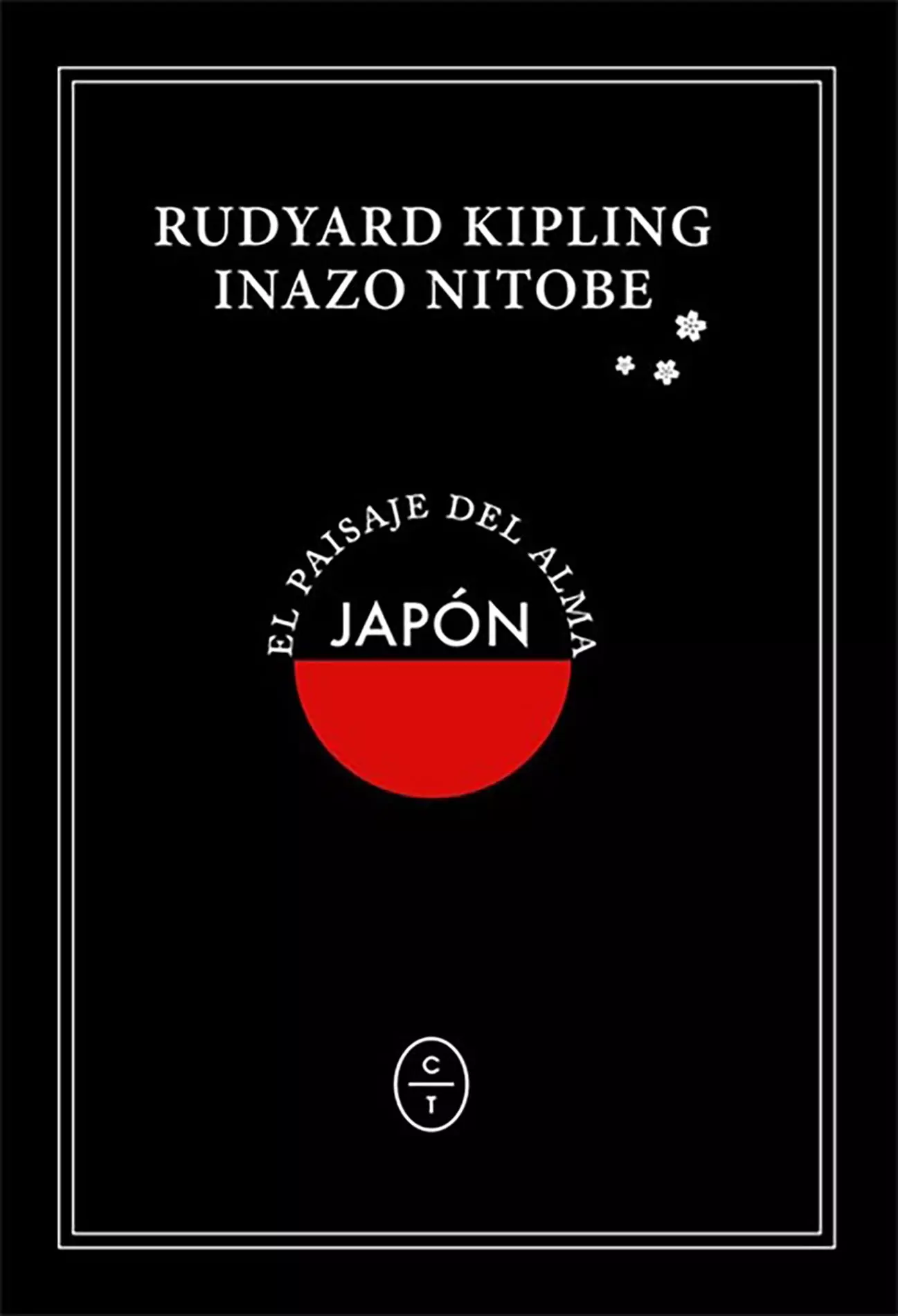
Cover of 'Japan', from the Crossroads collection.
Constantinople collects the travel narratives of Téophile Gautier and Konstantino P. Cavafis, and Cuba is narrated by Alexander von Humboldt, an anti-slavery activist, and Gertrudis Gómez de Avellaneda, a thinker ahead of her time (late 19th century), who fell in love with a slave.
"I understand that there are people who insist on having dinner at a McDonald's wherever they go when they travel," Eve comments. However, this collection is not intended for them. Crossroads is for those who want to travel aboard a book, for those who understand that the trip depends a lot on the state of mind, on your gaze. These days, the publisher was planning to release a new book about Moscow. "Many tell me that it is not the time, but I think it is the opposite," she reflects.
It always seems like a good time to us to travel, even (or especially) through books.
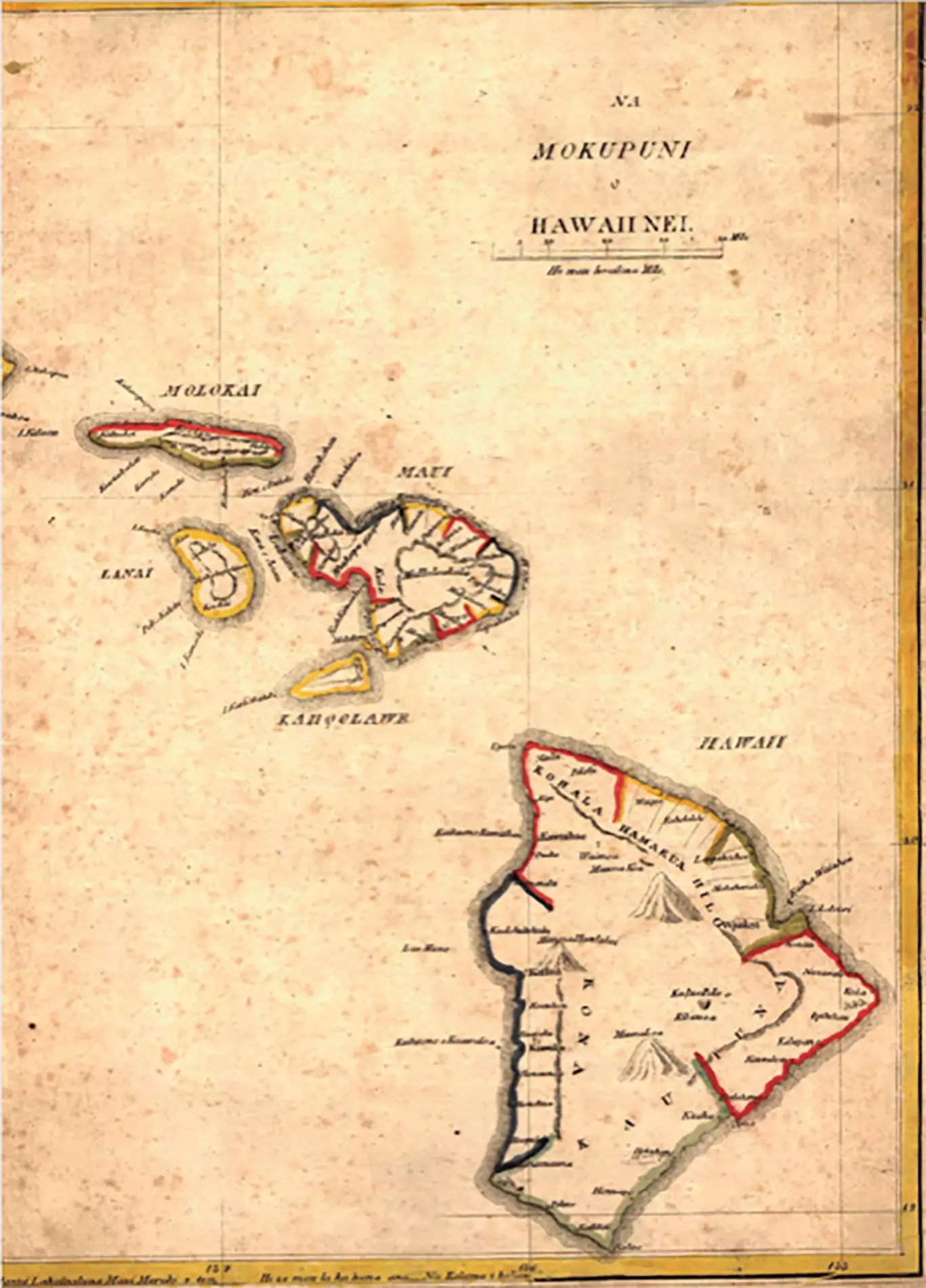
Old map of Polynesia.
THE EDITORIAL THAT EMBRACES THE CHRONICLE (AND THE JOURNEY)
Eva came from the world of corporate communication when she decided to embark on this editorial adventure: “It lets go of your hand to write about things that don't interest you much, you learn to place a subject, a predicate… When I had my third daughter, I went back to college and did a master's degree in publishing. Then I started working as an editorial reader, who is the one who reads all the bullshit, she says no to everything and does the reports”, she jokes.
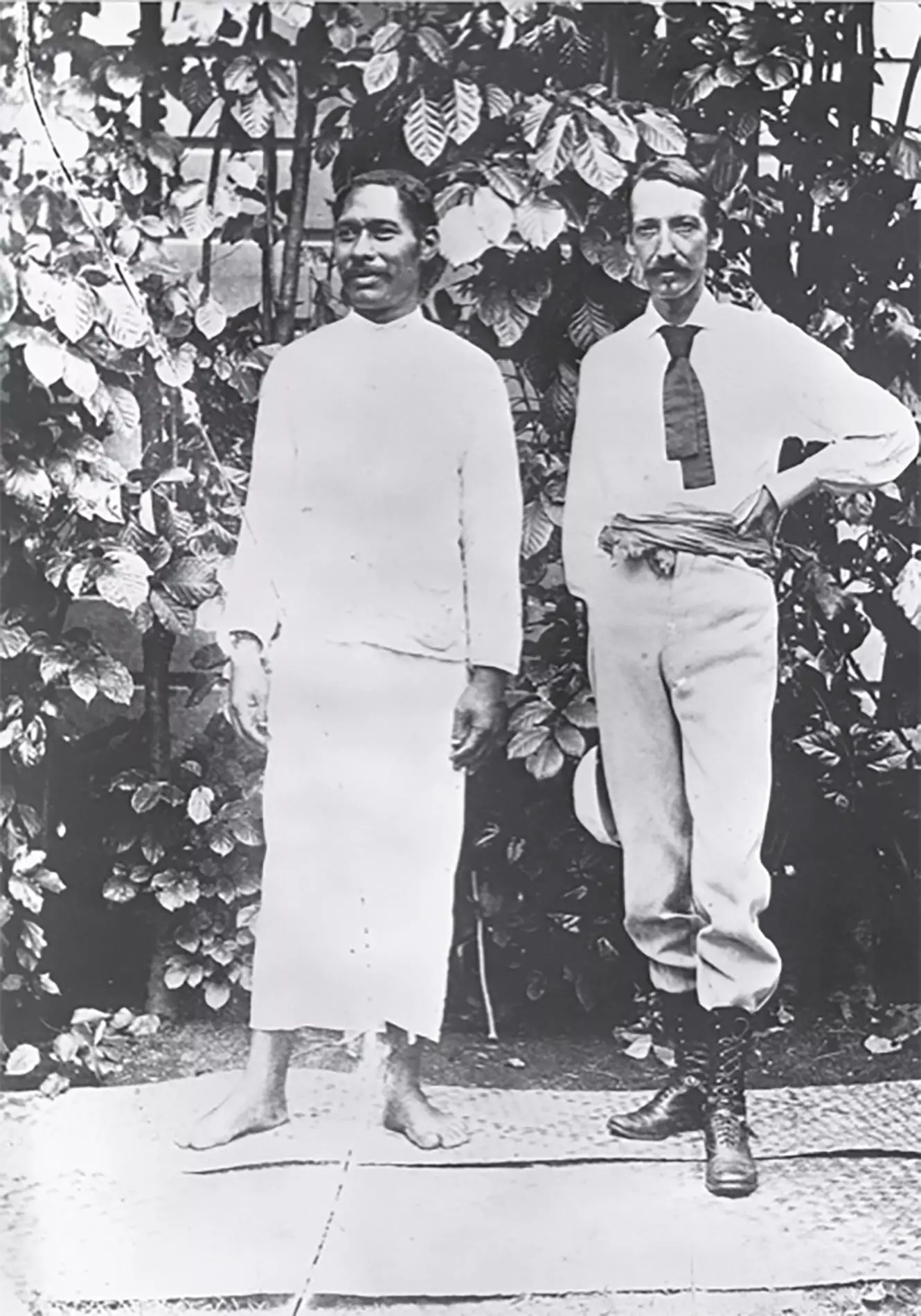
Robert Louis Stevenson in Polynesia.
“I discovered books that I liked but that didn't work for the labels that I worked for. I really like the chronicle of reality, which is becoming more complex and less objective, everything is loaded with ideology”.
The novel had been the queen of publishers and Eva thought that she could fill that gap. An unexpected inheritance did the rest. "I got in with no idea, but I have a lot of self-esteem and then I had to go on, because I had already told everyone,” she laughs. “I made a virtue of necessity, and it has gone quite well.”

Eva with some friends in India.
The dazzling success came suddenly with Things that shine when they are broken, by Nuria Labari, which Eva defines as “a book about the 11-M attacks in Madrid that nobody wanted to publish because they thought it was very unpleasant”, recalls Eva. And she adds: “The bad thing is that things go well for you at the beginning. An editor is a gambler, if you get it right you think you're going to win every time”.
“An editor is a gambler, if you get it right you think you will always win”
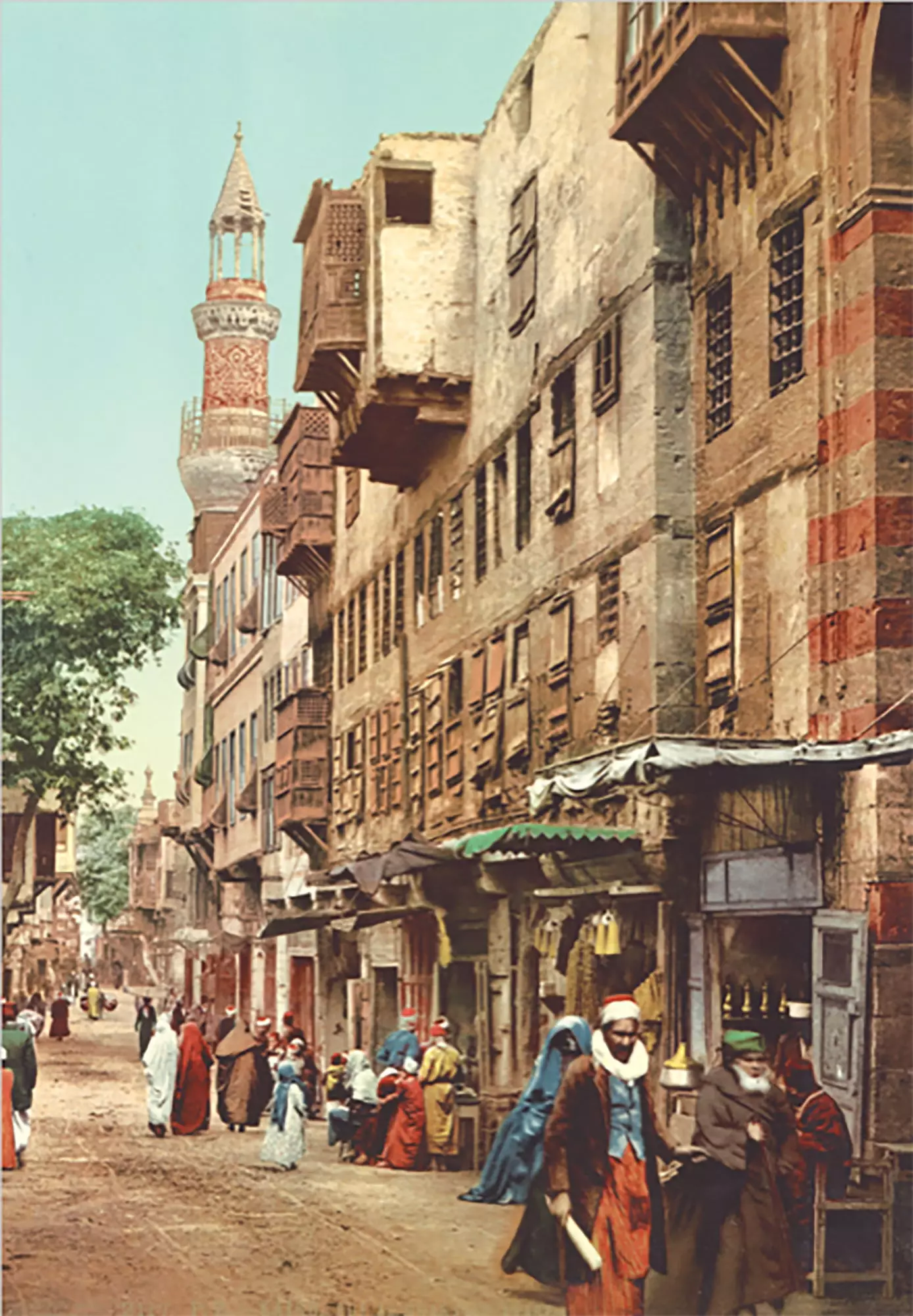
Ancient photo of Egypt in the book of the Crossroads collection.
He remembers then that he had to "give a lot of trouble, call journalists, be annoying..." and so he began to choose texts that were traditionally published in newspapers. “I thought there were super interesting things, Threshold texts on the Transition, for example, by Manuel Vicent, Vila-Matas... We start there. They were not unpublished texts but they had not been ordered in a book until then, which we did not by chronological order but by content. Music has to come out when weaving them together”.
“I think that each author has an idea, an obsession. He moves it, traces it, but it is always the same. Starting from powerful names like Felix de Azúa, which gave me the protection to be rigorous, I started looking for young people through the media”, Eva continues, and those names are the ones that have given great popularity to the editorial on social networks.
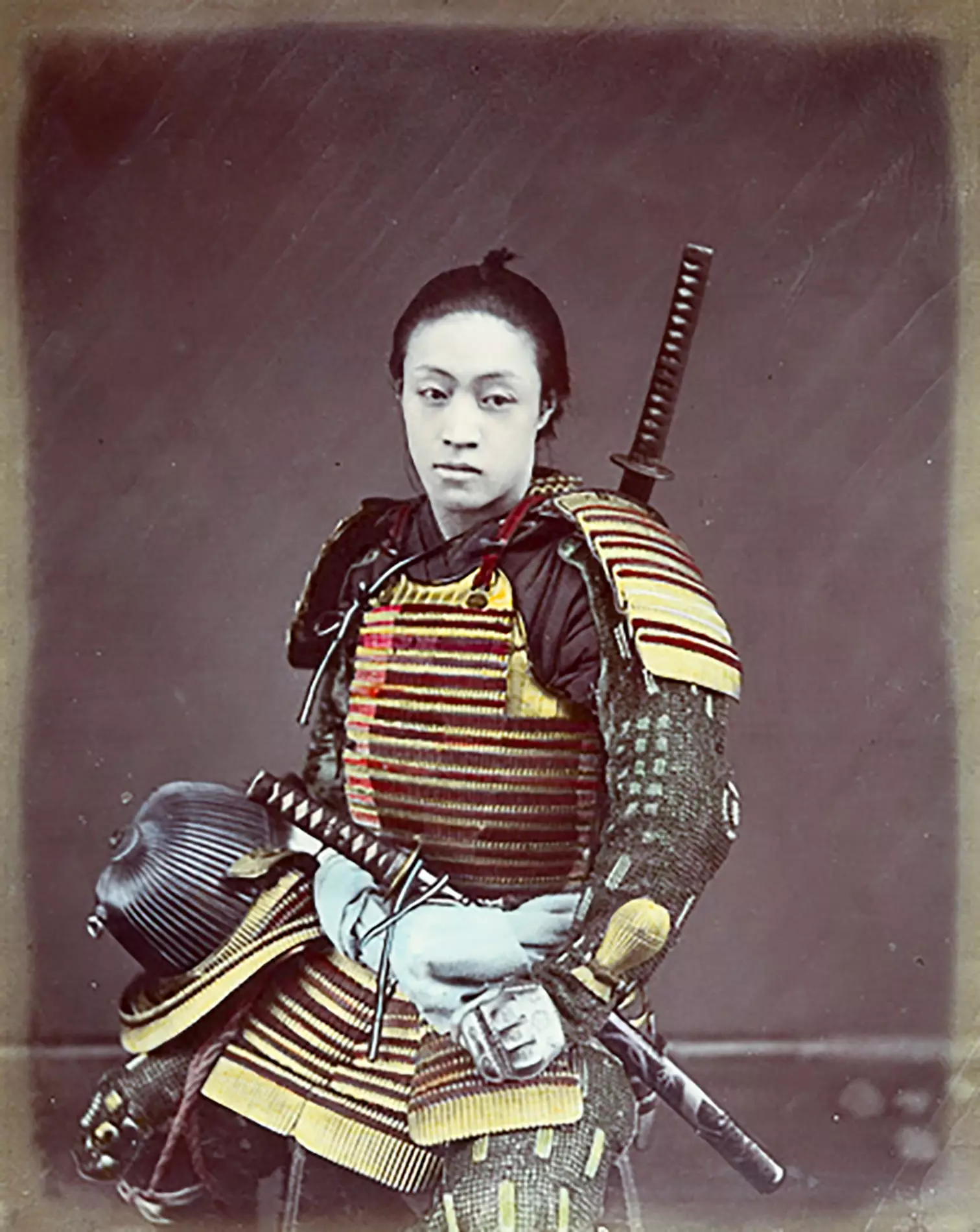
Old photo of a samurai.
“I think there is a lot of talent. Young people live in the conditions they live in and they can't write 400 pages because they have to pay the rent for the dump they live in. But there are interesting people, who take reality on the fly, transform it, make an artifact out of it”. She refers to authors such as Alberto Moreno, Ana Iris Simón, Jesús Terrés, Carlos Mayoral…
"His books are pills, windows that open for whoever wants to open them." She gives us the example of Loreto Sánchez Seoane with hers I love you alive, she's stupid. “He rescued women who had been powerful but not entirely well valued. From Sylvia Plath to architects whose projects were signed by her husbands. The title of the book comes from a letter from Julio Cortázar to Alejandra Pizarnik, which did not arrive in time to prevent the suicide of this poet.
“Perhaps, as a result of this title, 10% of readers look for Pizarnik and maybe up to 5% understand her poetry. That seems enough to me." Eve emphasizes.
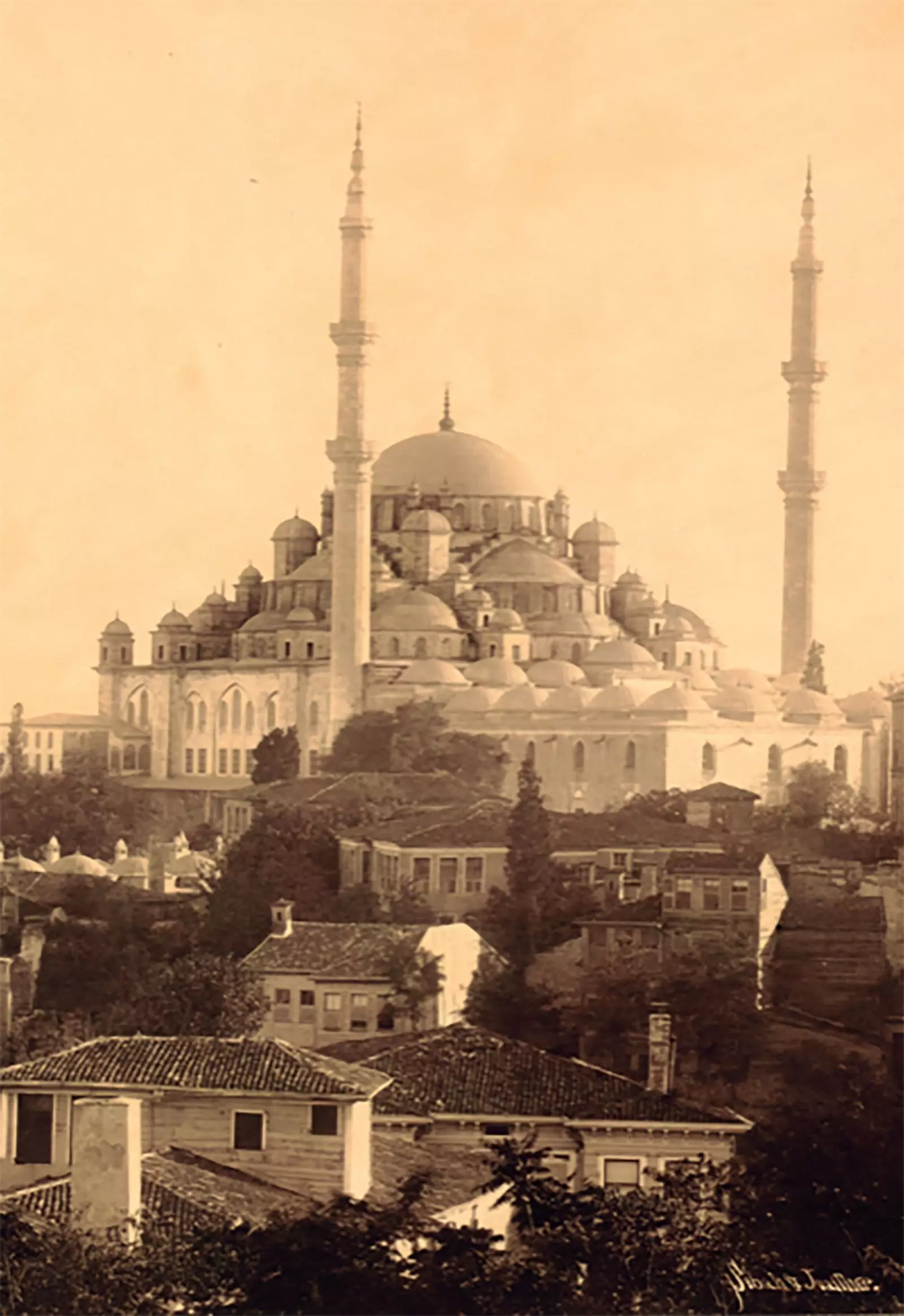
Old photo of Constantinople (Istanbul).
CHRONICLES OF A TIME
The Círculo de Tiza books, some of them best sellers and with great repercussion in the media, are not commissions, but rather 'bites of reality' that Eva has caught on the fly. “From Javier Aznar (author of Where are we going to dance tonight?), for example, I was interested in the fact that, perhaps without him being aware, He spoke in his articles all the time about the ephemerality of life, youth, that beach and that summer that is ending... It seems to me that there is a generation that lengthens this process a lot. I thought this was very generational and would fit in with a lot of people."
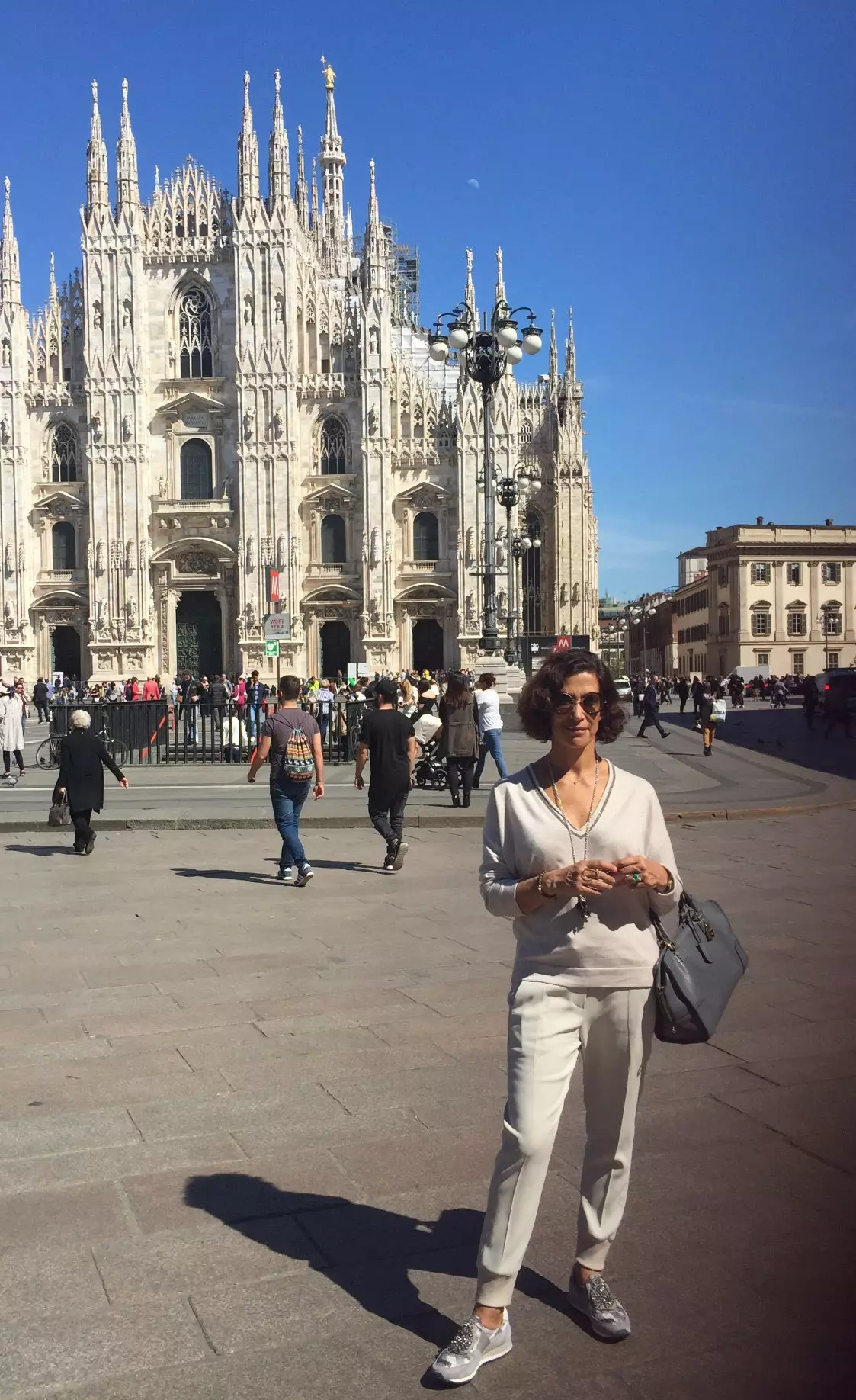
Eva on one of her trips to Milan.
“In the case of Alberto Moreno –Head of Editorial Content for Vanity Fair Spain and author of The Movies I Didn't See with My Father–, it wasn't that I had in mind to look for a book on fatherhood, but I came across his text and saw an interesting idea hovering over him.”
“The case of Feria, of Ana Iris Simón, was strange. I had read a text of yours in Vice about the stallholders, a subject that seemed fascinating to me. She told it very beautifully and kindly. I told her that if she dared to write a book, it would be about ending worlds, change, modernity. In the middle of the process, her grandmother died of grief because her son had died in a domestic accident, and Ana Iris stopped writing. When she explained it to me, I told her to tell all this and the book changed”.
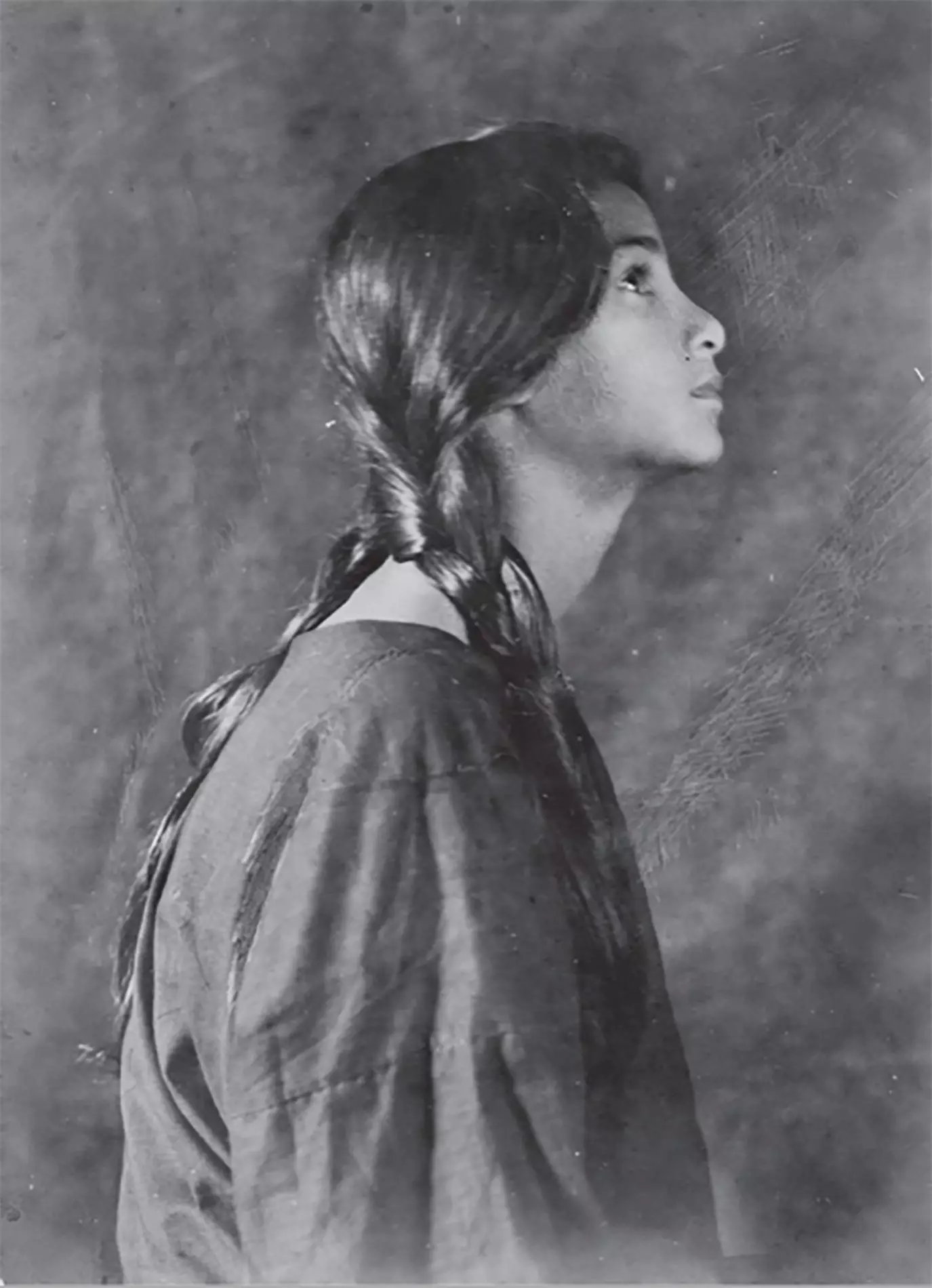
Old photo taken in Polynesia, from the Crossroads book.
“Neither she nor I had thought that Fair would cause such a stir, She surprised me because I didn't think she would say anything that she wasn't already telling everyone. I thought it was nice, very well written, with the concept of an oral story, very fresh…” Eva recalls.
And we encourage you to continue looking for these and other generational chronicles, travel stories... everything that takes us to other worlds or makes us better understand our own.
